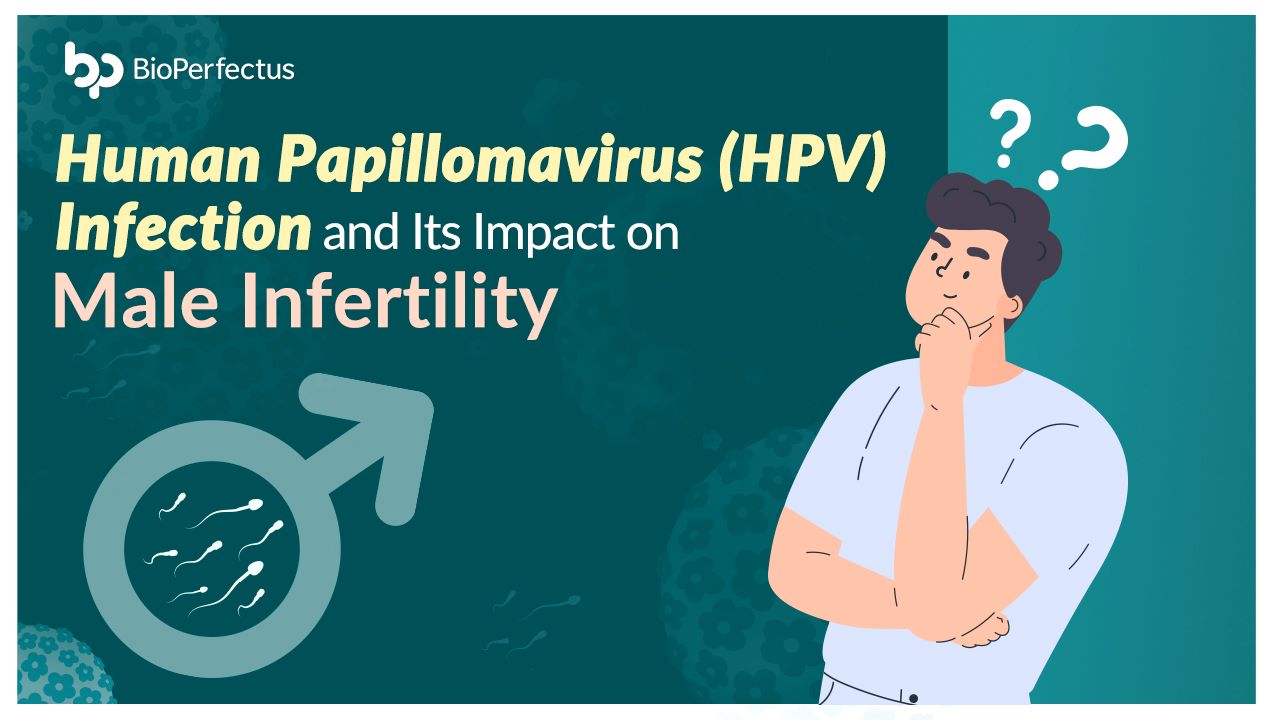
Nowadays, the striking numbers of infertile couples that turn to assisted reproductive technologies (ART) drive the research toward a more comprehensive understanding of the underlying causes. Male factors contribute to the inability to conceive in half of the cases, and it has been suggested that sexually transmitted infections could have a role in the onset of spermatozoa impairments. Since the impact of HPV infection on sperm quality and sperm DNA integrity is debated, scholars from Italy analyze its impact on conventional seminal parameters and the sperm DNA fragmentation index (DFI).

Methodology:
In order to elucidate the contentious impact of HPV infection on in vitro fertilization, it is necessary to meticulously analyze alterations in sperm parameters and DNA integrity. A retrospective observational study was performed on a sample of 117 male partners of HPV-positive women undergoing in vitro fertilization procedures. For each sample, semen parameters were assessed, HPV DNA genotypes were detected by using conventional hybridization methods, and the Sperm Chromatin Dispersion (SCD) test was conducted to evaluate sperm DFI, DNA fragmentation, concentration, motility, and morphology.
Conclusion:
The results showed a higher rate of HPV-negative patients (59.8% vs. 40.2%) and no HPV-related effect on DFI, sperm concentration, total sperm number, and total motility. Only progressive motility and morphology were found as significantly influenced by HPV positivity. Moreover, we observed a statistically significant difference in DFI when comparing high-risk HPV (HR-HPV) and low-risk HPV (LR-HPV) genotypes. The study data suggest that the presence of any HPV type, whatever the exact localization of the virions, can impair some sperm parameters, while HR-HPVs specifically affect the integrity of spermatozoa DNA.
Results
1. Seminal Parameters: HPV-Negative vs. HPV-Positive Samples
Of the 117 semen samples from male partners of HPV-positive women of infertile couples, 70 were HPV negative (59.8%) and 47 (40.2%) were HPV positive. Patients with HPV semen infection had a mean age of 38.6 ± 8.1 (SD) years, not different from the non-infected subjects.
Table 1 shows no HPV-related effect on DFI (p-value = 0.32) and no significative differences between the HPV-negative vs. HPV-positive groups in seminal parameters: sperm concentration, total sperm number, and both progressive and total motility. The study also observed a significantly lower rate of normal forms in HPV-positive samples in comparison to HPV-negative samples (p < 0.0001). In addition, HPV positivity was significantly associated with head defects (p = 0.0047), neck and midpiece defects (p = 0.0002), and tail defects (p = 0.0033). The relationship between HPV and its negative effect on sperm morphology remains weakly understood, but it could be due to the presence of HPV virions located in the different semen fractions.

2. Seminal Sample’s Parameter Compared with Lower Reference Limits
Figure 2 graphically depicts the percentages of patients with normal scores for semen characteristics, in HPV-positive and -negative groups, compared with lower reference limits (fifth centiles and their 95% confidence intervals).
The study observed statistically significant differences in progressive motility (p = 0.0254), immotile spermatozoa (p = 0.0372), and normal forms (p < 0.0001).

3. Seminal Parameters of HPV-Positive Patients Stratified in Low and High-Risk
Table 2 identifies variations in seminal parameters between low- and high-risk genotypes’ infected samples; a further statistical analysis was performed only on HPV-positive patients. No differences were observed except for DFI (p = 0.0283), which showed a significant increase in the high-risk group. On the contrary, progressive motility and morphology, which varied in relation to HPV positivity, did not show any genotype-related alteration. This data confirmed that the viral presence alone, regardless of the type, produced alterations in the aforementioned parameters.

Based on the findings of this study, HPV semen infection, regardless of HPV type and exact location of the virions, significantly impairs spermatozoa’s progressive motility, morphology, and immotile sperm rate. Conversely, the increased rate of DFI was a genotype-related alteration since it was only observed in HR-HPV-infected samples when compared to LR-HPV-infected ones. This is a crucial result as, to the best of our knowledge, the different influences of HR and LR genotypes on semen parameters and sperm genomic integrity have hardly been analyzed.
Reference:
Capra, G.etal. Human Papillomavirus (HPV) Infection and Its Impact on Male Infertility. Life 2022, 12, 1919. https://doi.org/10.3390/life12111919.

